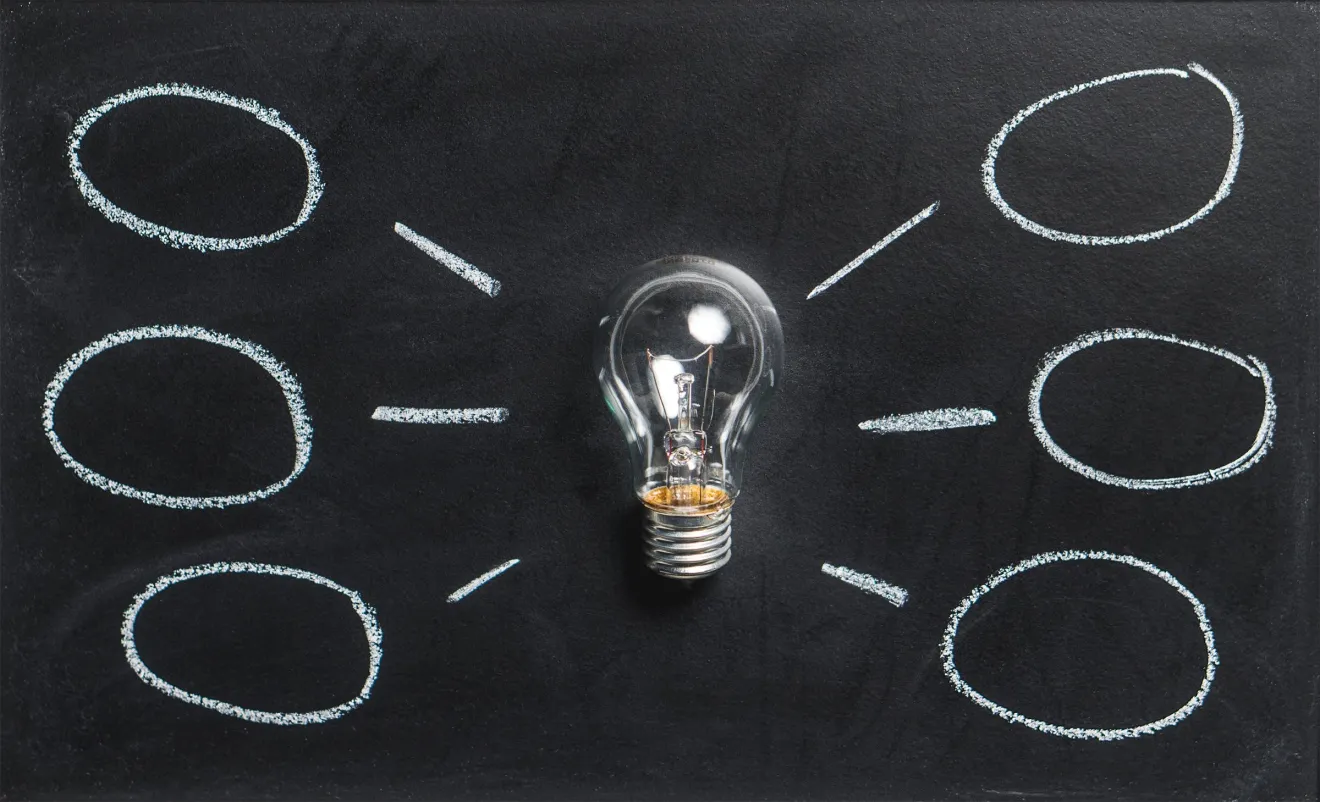National Inventor's Day is February 11
- News

Inventors who had IDD Made Amazing Inventions
February 11 is National Inventor’s Day, and we’re taking the opportunity to shine a light on inventors with intellectual or developmental disabilities (I/DD).
Temple Grandin is a well-known autistic scientist and inventor, and her most well-known invention was an attempt to solve a problem she experienced due to autism. When she was 18, she spent time on her aunt’s farm and learned about the squeeze chute used to inoculate cows. She noticed that cows would come out calmer than they went in. She recreated the deep pressure from the chute in an invention she called the Squeeze Machine and found that it quickly and consistently helped her de-escalate her own anxiety and tension without overstimulating her like hugs did. Despite early resistance from psychologists, squeeze machines or hug boxes became a recognized therapeutic item that helped people with sensory needs reduce their feelings of anxiety. After further research, the same principles were applied to weighted blankets, which are now a staple in homes and sensory rooms across the world.
Ralph Braun was diagnosed with muscular dystrophy as a child and grew into the Father of the Mobility Movement. Upon his diagnosis, doctors told him and his family that he would never be independent, but Braun was determined to prove his doctors wrong. As a teenager, he lost his ability to walk, and shortly after built a three-wheeled motorized scooter for himself. Quickly, he realized there was significant demand for such products. Only three years later when his day job moved locations several miles away from his home, he modified a jeep with a hydraulic lift and hand controls. This, he realized, was his niche, and business boomed. While his inventions started out to solve challenges he faced personally, BraunAbility is now a leading manufacturer of accessible vehicles.
Stacy Zoern, a Texas lawyer and mobility inventor, was diagnosed with spinal muscular atrophy as a young child and, like Braun, faced significant mobility challenges. She never walked and has relied on wheelchairs her whole life. She used a modified minivan but found it too big and unwieldy for her needs. She just needed to be able to run to the grocery store, not transport friends and family or drive on the highway. After her minivan was totaled in a traffic accident, she began to search for alternatives that fit her lifestyle better. She found a struggling Hungarian company that aimed to produce exactly what she had in mind, a one-person, roll-in vehicle made for community travel. Though it took several emails and phone calls, she eventually connected with the CEO of Kenguru (pronounced Kangaroo). Together, they strategized, redesigned, fundraised and eventually moved the company to Zoern’s hometown of Austin, TX. They produce a car that wheelchair users can roll into through the back, which uses a handlebar to steer and buttons to accelerate or brake and which is fully electric. While it has space for only the wheelchair user and has a top speed of about 25 mph, at a price point of $25,000, it is perfect for those who need easy, spontaneous, short-range travel.
Farida Bedwei is a well-known software engineers in Ghana. She was diagnosed with cerebral palsy as an infant, and unlike our other inventors thus far, her inventions have nothing to do with her disability. As a teenager, she showed a great deal of interest in and talent for computer sciences. After working for other software companies, Bedwei moved back to Ghana, where she was raised, and started her own company in 2011, called Logiciel. There she created gKudi, a web-based banking software suite for the micro-finance industry, used by 130 micro-finance institutions nationwide. Microfinance has a huge positive effect on poverty rates, and gKudi makes lending more accessible to small businesses in Ghana. Outside of her work as a software engineer, Bedwei also created a comic series starring a superheroine with cerebral palsy. The titular character, Karmzah, is a young archeologist who gains her superpowers from the crutches she uses for her cerebral palsy. She fights bad guys who threaten her local community, Africa and beyond.
Dr. Vernon L. Smith was born in the dark ages of autism diagnosis—that is to say, autism was not understood and people who had significantly different behaviors were often institutionalized and forced to go through inhumane treatments. However, for Smith, he was always just a little different. It wasn’t until adulthood that he diagnosed himself with Asperger’s syndrome, a now outdated name for autism spectrum disorder. Growing up, he had a fascination with how things worked. This led him to the field of economics. While the study of economics is vital to societies on a global scale, up until Smith’s era, economic policies were often put into place without any actual testing. That’s because experimental economics, as a field, did not exist. It was Smith who pioneered the field, creating a methodology to test economic policies and theories before they were implemented. He won the 2002 Nobel Prize in Economics for his work. His work also helped John Nash, who had paranoid schizophrenia, to revolutionize game theory, a sub-field within experimental economics and mathematics.
Christian Boer, a graphic designer, grew up with dyslexia. Though he loved learning, he found studying to be a challenge. Regular typography presented challenges, and after many hours studying typography and the design of individual letters, Boer realized that he could use his design talents to help millions manage their dyslexia. He ignored the problematic typography rules and created Dylexie, a font designed for dyslexic people. Dyslexie includes asymmetrical letters, making commonly confused letters much easier to tell apart, and a thicker base that “anchors” the letters to the page. Boer and his font have earned recognition and awards since 2008, when he invented the font.
And finally, Nikola Tesla is thought to have been autistic. While autism as a diagnosis did not exist in his life, there are many documented accounts of Tesla’s life and behaviors. He often secluded himself from others, preferring to work alone for long stretches of time and had sensitivities to light and sound. Like Temple Grandin, he was open about thinking in pictures, even to the point that he could visualize an invention’s dimensions before he created it. He also had some social behavior differences, though very few sources call them deficits. Grandin, herself, has also said that Tesla likely would be diagnosed with autism if he were alive today. His picture-thinking, attention to detail and tendency to seclude himself helped him to become one of the most prolific inventors of the 20th Century, and his inventions have withstood the test of time. We can thank Tesla for radio transmission, remote controls, florescent lighting, automotive starter coils, and the way we encode multiple signals into a single frequency for broadcast and digital processing.
These inventors all bear testament to the extraordinary potential within diversity. With their indomitable spirits and innovative minds, these remarkable individuals and their inventions were shaped by their disabilities. On this National Inventor’s Day, let's celebrate not just inventions, but their inventors’ resilience, creativity and triumph over adversity. Their stories remind us that limitations can be catalysts for innovation, turning challenges into opportunities that shape a brighter, more boundless future.





